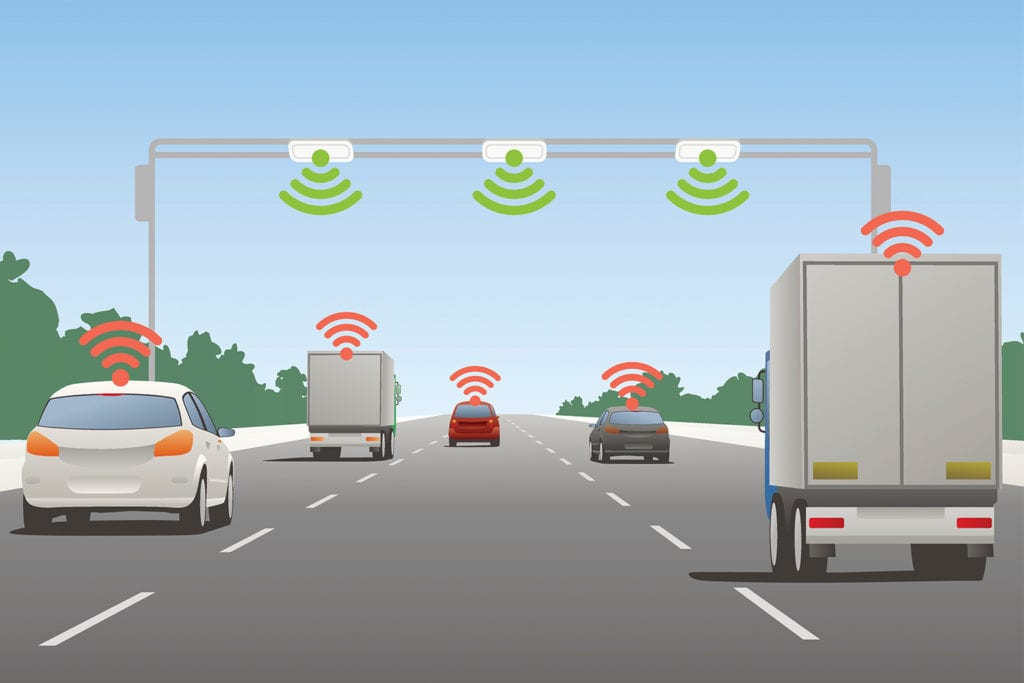How should we be preparing for autonomous vehicles?
The era for the autonomous vehicle is very close.
The Centre for Connected Autonomous and Vehicles (CCAV), a government-funded research initiative, predicts a 2025 target date is now realistic for the rollout of fully autonomous vehicles in the UK.
For reference, the term fully autonomous attends to those vehicles where no driver is necessary. This is known as Level 4-5 within the industry.
Others would argue this era begun decades ago.

Over on the western side of the city, Heathrow Airport has offered autonomous pod connection between Terminal 5 and passenger car parks since 2011.
So what is the difference between then and now?
In the above, operations have been limited to controlled environments – essentially working within segregated infrastructure.
Within two years, it is possible that driverless vehicles will run on main roads like any other vehicle.
Major changes?
In California this is already the case, with the state opting for a more relaxed stance on the regulatory front.
Reception has been mixed
As well as the excitement around Amazon’s pod trials in February, we have seen Wayve vehicles blocking fire engines at busy intersections, with AVs not (yet) programmed to momentarily pull over “illegally” in the same way a human driver would.
The introduction of any disruptive technology naturally invites scrutiny.
However some of these challenges will be removed as the technology evolves and people become more familiar with its usage.
Understandably the mixing of autonomous vehicles with road traffic and other users of the street bring about several questions.
- Is this safe?
- What infrastructure do cities need?
- Who is liable in an accident?
- Who does this really benefit?
Buro Happold considers these and several other questions in its new Intelligence Report.
This publication, in partnership with Paris-based group Autonomy, resists zooming in on the technological readiness of the vehicle itself; instead taking a more holistic view on the rediness and optimal usage of AVs.
The team explores how London (and other cities) could embrace autonomous vehicles. This includes identifying how a shared autonomous vehicle operation could exist and accessed via an easy-to-use app.
This scenario envisages Transport for London (TfL) playing a central role, incorporating AVs into its extensive multimodal offering. Certainly the iconicity of the TfL branding should help gather public trust early on.

Graduate Transport & Mobility Consultant
The Report make a number of recommendations including the introduction of a shared AV system complementing a citywide shift towards active travel.
Buro Happold considers both the challenges and the opportunities in the Report. The team intends to stay close to the action on AVs and their deployment.


